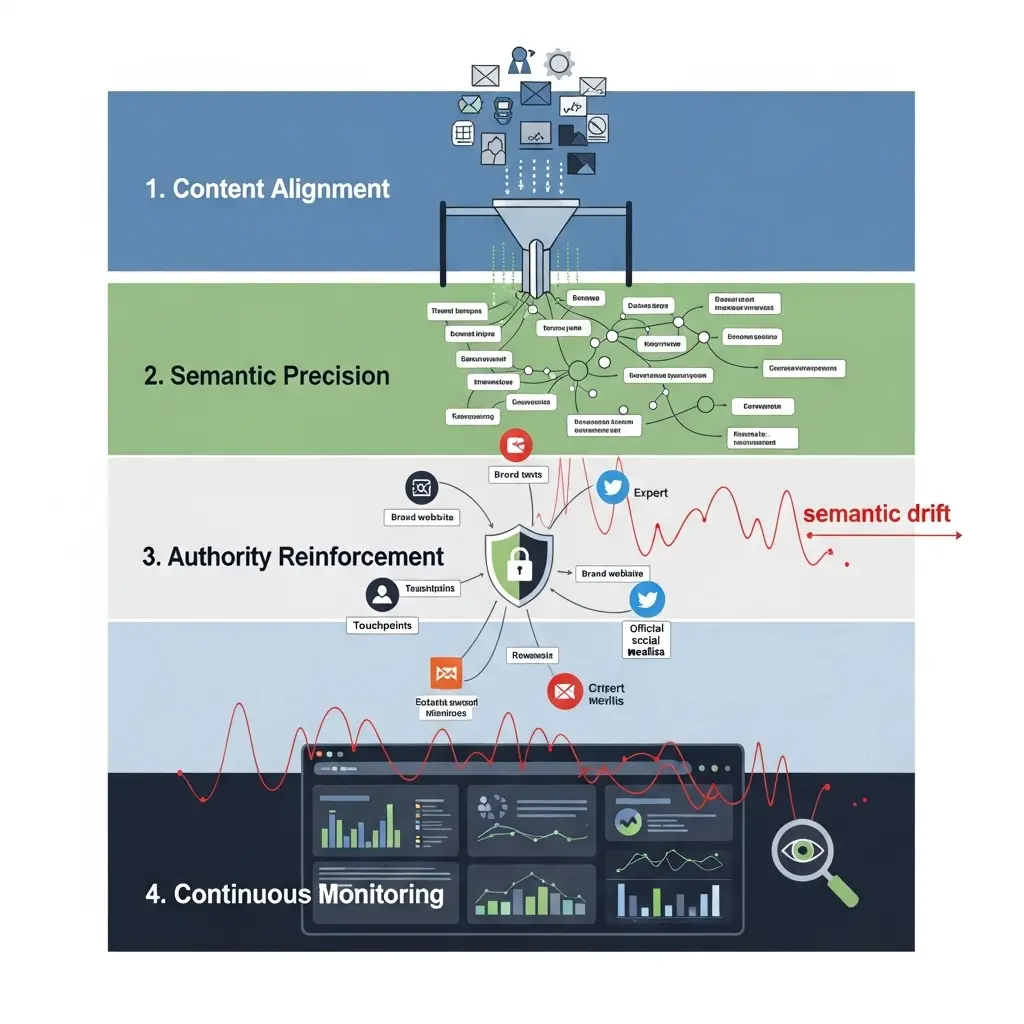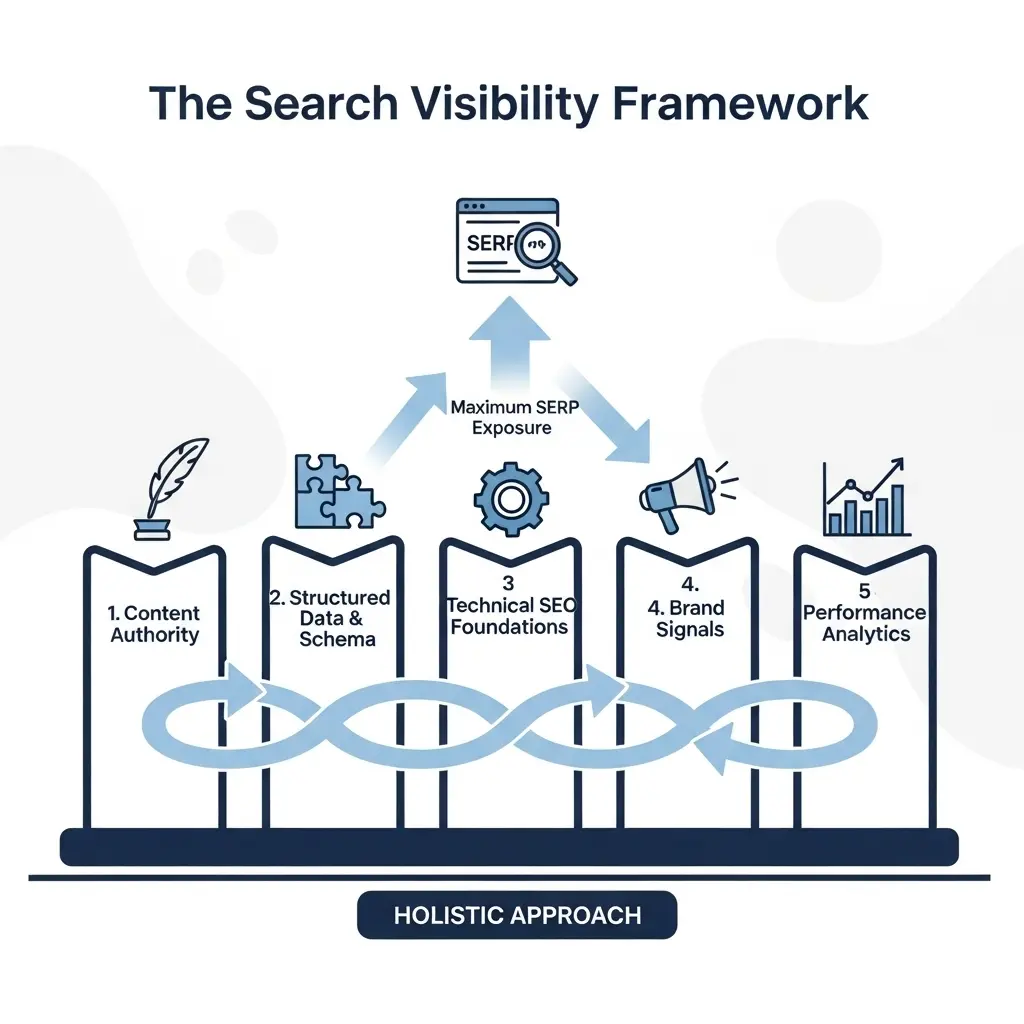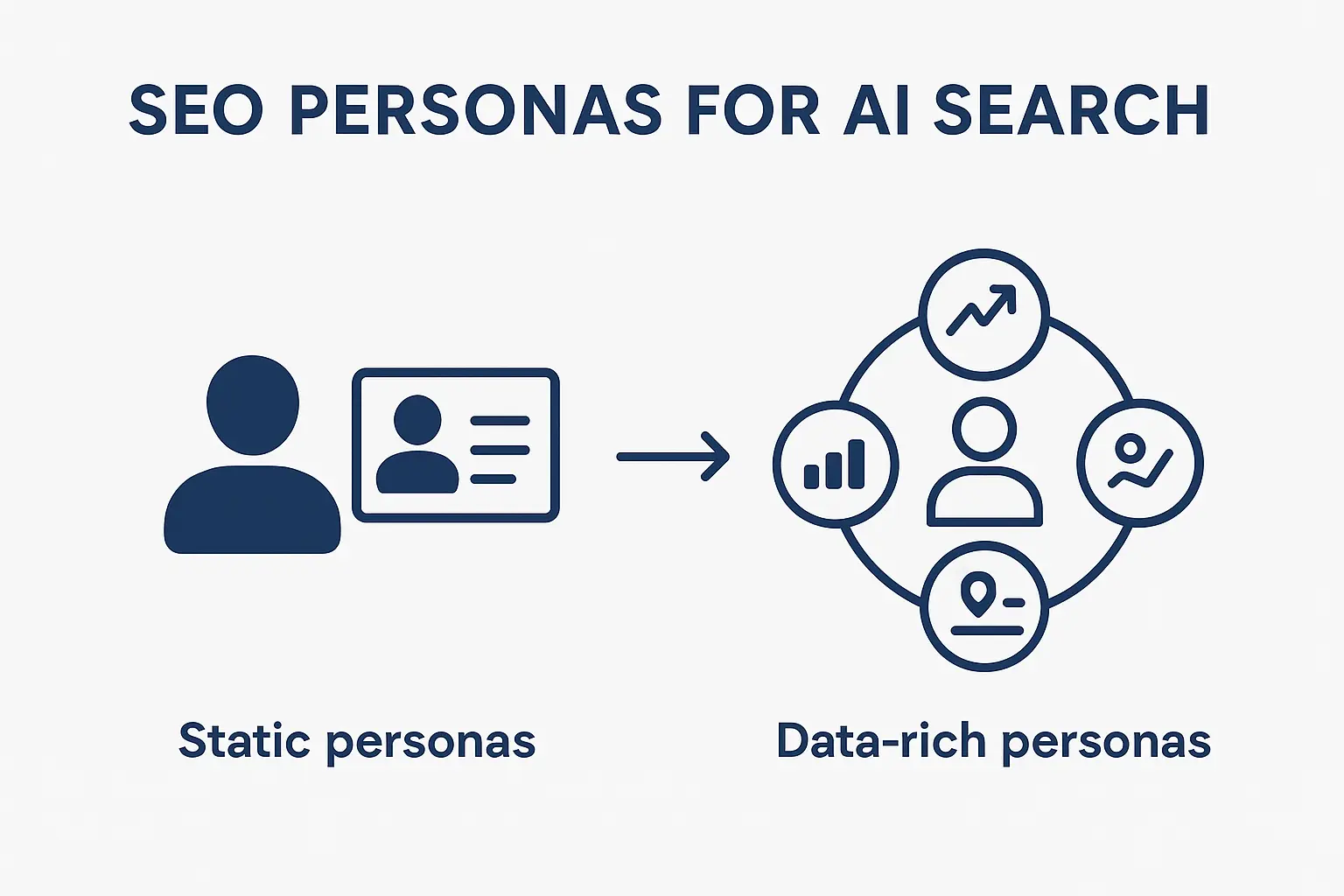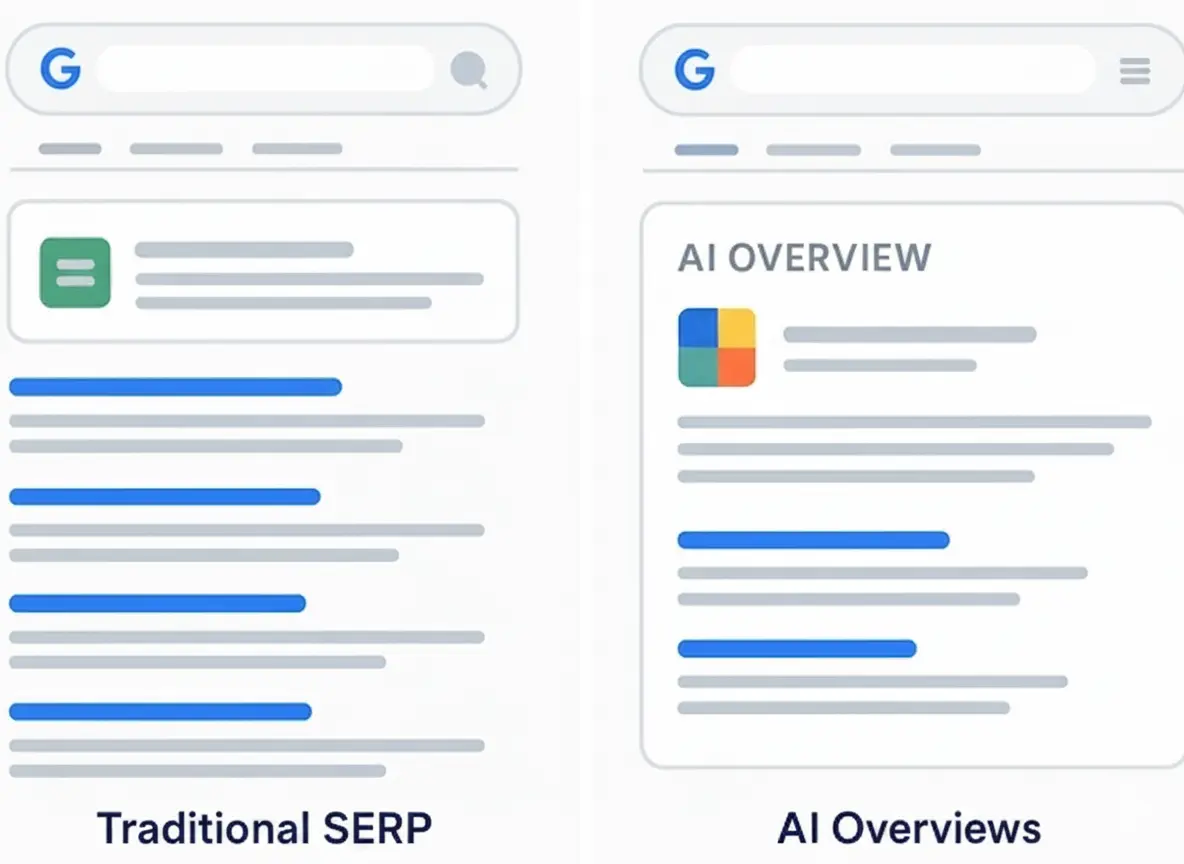At Think, we are always looking ahead. The digital world is changing quickly, and AI now shapes how people search, interact and discover content online. For digital marketers and business owners, this isn’t just another update — it’s a long-term shift that demands a future-focused strategy.
AI-driven search is transforming both the questions people ask and the answers they see. That means older SEO tactics no longer deliver the same results. In this guide, we explore how AI is reshaping SEO, the challenges businesses face and the SEO strategies needed to protect visibility and brand authority in an evolving search landscape.
Moving beyond static personas
The old model of “static personas” no longer works. Traditional personas rely on assumptions about demographics and behaviour. AI-powered search engines go deeper. They analyse search intent, semantic search patterns and real-time behaviour.
That means your target audience isn’t one fixed profile. It is constantly changing – based on search queries, personal search activity and AI-driven insights.
How Think builds AI-informed audience profiles:
- Data-rich insights: We use analytics, behaviour patterns and AI tools to find out what types of blog posts, videos and formats work best for different users.
- Dynamic targeting: Instead of fixed personas, we create content that adapts to how users interact with AI search engines.
- Ongoing testing: We refine our targeting based on keyword research, AI citations, engagement levels and performance across multiple channels.
This flexible approach ensures your content is not only easy to find but also stays relevant to different user needs.
Creating content that works across traditional and generative search
Today’s search experience operates in two worlds:
- Traditional SEO
(rankings, clicks, link building, keyword research)
- Generative AI search (summaries, references, semantic relationships)
Why does this matter? Traditional SEO focuses on rankings and traffic. AI-generated summaries also drive visibility, trust and traffic in the evolving search landscape.
Best practices for content that works in both:
- Direct answers: AI tools and chatbots favour content that clearly solves a search query.
- Structured pages: Using headings, lists, tables and FAQs makes it easier for AI to extract accurate answers.
- Trust signals: Reviews, citations and expert references boost authority.
- Multi-format assets: Videos, infographics and interactive tools capture attention in both Google searches and AI overviews.
By planning content for both ranking algorithms and AI summaries, you stay relevant across all types of search results.
Protecting your brand narrative
AI doesn’t just change visibility. It also shapes how your brand appears in search. When AI generates content summaries, it can oversimplify or distort your message. That affects both trust and perception.
At Think, we protect brand integrity through:
- Content alignment: Every blog post, landing page and update reflects your brand values and tone.
- Clear messaging: We reduce vague wording so AI-powered summaries stay accurate.
- Credibility reinforcement: Using internal links, external references and expert commentary helps search engines view your brand as trustworthy.
- Optimising for accurate representation: We architect your content with clear semantics and structured data to increase the likelihood that AI tools interpret and present it accurately, protecting your core message.

The fractured future of search
Today, the search experience is more fragmented than ever. Users switch between:
- Traditional search results
- AI overviews
- Voice search
- Rich media and interactive content
This means top rankings in Google searches are no longer the only success metric.
How businesses can adapt:
- Focus on visibility, not just rankings: Featured snippets, answer boxes and AI citations often appear before standard listings.
- Think beyond text: Voice search and natural queries require clear, spoken-style answers.
- Utilise cross-channel signals: Social engagement, reviews and link building all influence how AI-powered search engines judge your content.
Winning in this fractured landscape requires an SEO strategy that is flexible, multi-layered and user-focused.
Dominating the SERP with a modern visibility framework
To compete in AI-driven search, businesses need a complete visibility framework, not just keyword improvements. At Think, we use five key pillars:
- Content authority: High-quality, intent-driven content built on smart keyword research.
- Structured Data and Schema: Helping search engines interpret your content clearly.
- Strong technical SEO: Fast-loading, mobile-friendly websites that deliver smooth user experience.
- Brand signals: Reviews, social proof and mentions that boost trust.
- Performance analytics: Tracking AI-driven visibility, engagement and conversions – not just rankings.
This framework ensures clients appear in organic rankings, AI citations, voice search results and new SERP features.

What this means for businesses
AI-driven search isn’t replacing SEO – it’s changing it. The brands that succeed will:
- Create content: Build answers for both direct and evolving search queries.
- Stay consistent: Keep brand voice and values clear across AI tools, chatbots and summaries.
- Track performance: Measure AI-focused metrics like citations, mentions and engagement – not only page rank.
- Strengthen websites: Build fast, mobile-ready websites that support flexible content formats and better user experiences.
At Think, we help businesses adapt to these shifts. By combining creative strategy, technical expertise and AI-focused insights, we turn visibility into meaningful engagement.
The future of SEO is dynamic, fragmented and powered by AI. Businesses that bring AI and SEO together, through audience understanding, brand protection and full-SERP improvements, will gain a long-term competitive edge. For practical strategies on staying visible in Google’s evolving AI-driven search, explore our in-depth guide.
Let’s create something extraordinary together.




